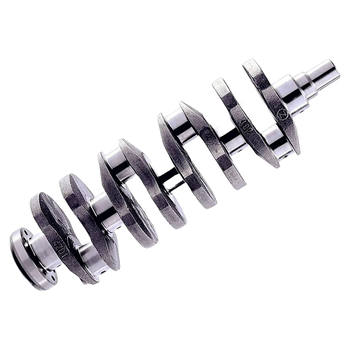Introduction: Understanding the Crankshaft
To be honest, the crankshaft is one of the most critical components in your car's internal combustion engine. In my experience, it's fascinating to learn about its role in engine timing. The crankshaft is responsible for converting the linear motion of the pistons into rotational motion, which ultimately drives your vehicle's wheels. But how does it achieve this? Let's dive into the details.
How the Crankshaft Works
The crankshaft is essentially a long, steel rod with several offset bearings called "journals." These journals are connected to the engine's pistons via connecting rods. As the pistons move up and down during the combustion cycle, they exert force on the connecting rods, causing the crankshaft to rotate. It's absolutely necessary for the crankshaft to spin smoothly and consistently to ensure proper engine timing.
The Connection Between the Crankshaft and Engine Timing
Engine timing refers to the precise coordination of various events within the combustion cycle, such as the intake, compression, combustion, and exhaust strokes. Interestingly enough, the crankshaft plays a crucial role in this process. It drives the camshaft, which operates the engine's valves, allowing air and fuel to enter the cylinders and exhaust gases to exit.
The Importance of Synchronization
For optimal engine performance, the crankshaft and camshaft must be perfectly synchronized. This is typically achieved using a timing chain, timing belt, or gears. If the synchronization is off, it can lead to several issues, including poor fuel efficiency, reduced power, and even engine damage.
Maintaining Proper Crankshaft Function
Properly maintaining your crankshaft and its related components is extremely important for ensuring engine longevity and performance. Regular oil changes and using high-quality engine oil can help reduce wear and tear on the crankshaft and its bearings. Additionally, inspecting and replacing timing belts or chains according to your vehicle manufacturer's recommendations can prevent catastrophic engine failure due to timing issues.
Common Crankshaft Issues
Conclusion: Appreciating the Crankshaft's Role
In conclusion, the crankshaft plays a vital role in engine timing and overall vehicle performance. By understanding its functions and maintenance requirements, you can better appreciate the complex mechanisms at work in your car's engine and take the necessary steps to keep it running smoothly. So, the next time you're behind the wheel, take a moment to appreciate the humble crankshaft and its essential contribution to your driving experience.




